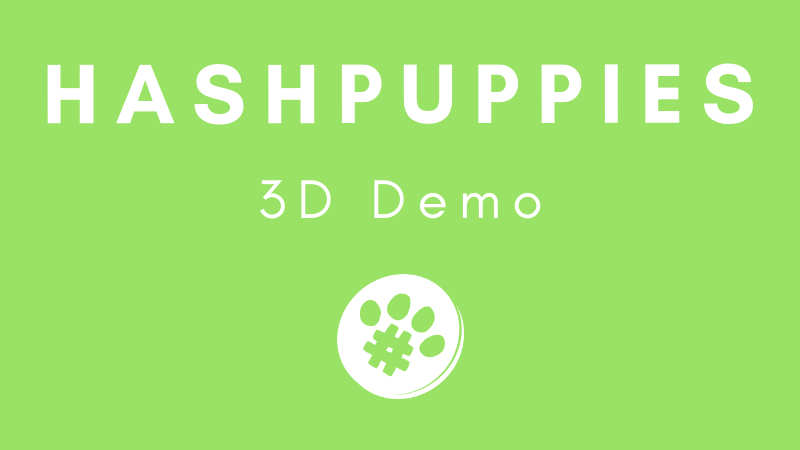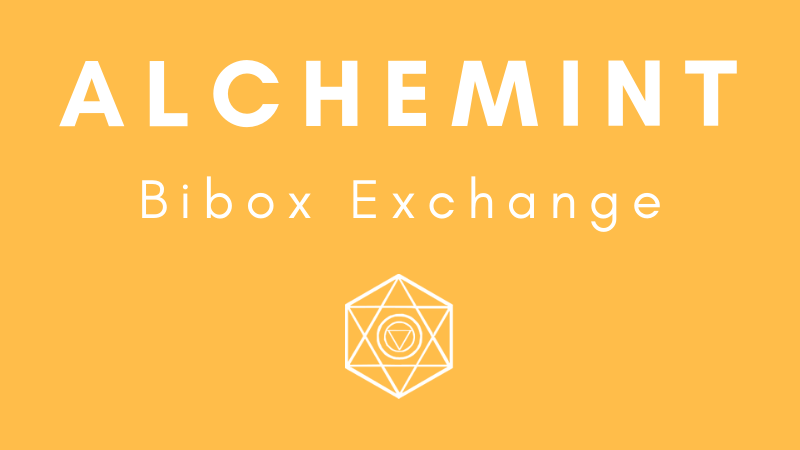
Splyse, the team behind NEO-based blockchain game HashPuppies, recently released a demo that demonstrates the 3D puppy model design and generation for the upcoming game. The puppies are generated from an underlying genetic code, composed from a set of different traits. These traits range in rarity and may be combined to produce “quadrillions of possible combinations.”
Origin of Splyse
NEO News Today interviewed Splyse founder and CEO Joe Stewart (@hal0x2328), who provided context for the demo and explained what was next for the team. Despite no formal background in software development, Joe has extensive experience in the field:
“I started writing programs in BASIC in the early 80’s when I was in the sixth grade. In the late nineties I got into Linux and system administration, networking and security and learned Perl, then in the 2000’s I began learning C and assembly – but not for development, I actually started a career reverse-engineering malware for a computer security company that was eventually purchased by Dell. I did that for 17 years before starting Splyse.”
Joe first became interested in blockchain in 2014, but only made the decision to leave the security industry and create a blockchain startup after encountering NEO in 2017. “I liked that it had multiple options of languages for writing smart contracts — and I much prefer C# and Python over Javascript, so I was much more at home with it immediately than Solidity. The more I got into the VM and the economic model, the more I liked NEO as well.”
“Also, I really liked the atmosphere in the NEO Slack and later Discord — it’s rare to find a community in crypto where people are actually building things without a lot of ego and drama. That’s the kind of people I like to be around — the term we used in my old job was ‘humble badasses.’ That’s what CoZ seemed like to me, and I was honored to be invited to join.”
The Splyse team currently has 11 members, and made its first mark on the NEO ecosystem by winning the inaugural City of Zion development competition with NEO Smart IoT – a method of accepting a payment in GAS to perform actions in the real world. The project made use of a NEO smart contract to keep track of payments and parameters, and a neo-python node coupled with a pubsub service to act as a bridge for IoT devices to receive commands. The system could theoretically be used to play a song on a jukebox, dispense an item from a vending machine or put credits into an arcade game.
Splyse also developed and released the Master Contract Token (MCT), which attracted an investment from NEO Global Capital. MCT aims to improve upon GAS and existing NEP-5 utility tokens by overcoming limitations that prevent those assets from being directly tradable by smart contracts. It also offers staked storage for third-party smart contracts, allowing developers to deploy basic contracts in a more cost-effective manner.
Splyse was also one of three teams to propose a non-fungible token (NFT) standard for NEO. Designated as NEP-11, Splyse’s proposal was ultimately accepted but has not yet been finalized, so changes may still be made. Other teams that are developing NFT-based projects are recommended to use the standard to retain cross-compatibility in the future. Until the standard is finalized, the NEP should be monitored in case of any last-minute changes.
HashPuppies Development
Despite starting out as a NEO clone of Ethereum’s CryptoKitties, the Splyse team soon decided to set its sights higher. Joe commented: “We realized how limited the CryptoKitties experience was, how it quickly got boring if the only point was making money, and after the first month, almost no one was.”
This prompted the team to explore the potential of blockchain gaming, hoping to use HashPuppies as a way to introduce new people to the NEO ecosystem. “The more ideas we had around what you could do with virtual puppies as non-fungible tokens, the more excitement people expressed for such a game. Thus we decided to go beyond what CryptoKitties had done, with a fully-realized 3D game including interaction and training.”
The core gameplay for HashPuppies will prove relatively familiar to individuals that have spent time with other pet simulators, however the breeding functionality should stand out due to use of non-fungible tokens. Each puppy will be represented by a completely unique token, which can then be traded with other players or used to breed new puppies.
Unlike CryptoKitties, which generates new kitties deterministically, HashPuppies will use random mutations and a puppy affection stat to allow for increased variety and the appearance of secret traits. Taking better care of puppies in-game will help improve the success of breeding, and using puppies with shared genetic traits will raise the odds of those traits being passed on.
Splyse also aims to continue development after the game’s release. Joe noted: “The plan will be to expand the puppy universe over time, incorporating contests and quests and new areas of exploration.“ These improvements are to be subsidized with a machine-learning system, which will be designed to improve the variety of tricks that can be taught to puppies.
Genetic System Demo
The HashPuppies demo was created to demonstrate the puppy materializer, which randomly generates 10 unique puppies, each with a different set of traits. Joe explains: “In the 2D world that’s pretty easy but in 3D there’s a lot more involved. That’s where most of our development time has been spent so far — making a 3D avatar that can be procedurally generated, with the capability of being fully animated as well, down to facial expressions.”
By generating a unique 3D model from a single DNA sequence, the breeding process becomes a lot more natural and allows for traits to be expressed in later generations. The team also ensured that the system was open-ended, allowing for future expansion: “We can add new traits to the end of the DNA sequence if we need to, and we have left blank a number of elements in each gene’s array for future additions, for instance, if we want to add a new style of ears, eyes, tails, colors, or patterns, etc later.”
As the genetic system built by the Splyse team allows for deep customization, it could potentially be used to generate 3D models other than puppies. Joe commented: “We are open to the idea of licensing the system to other companies who want to explore writing NFT games with 3D assets (as long as they aren’t doing puppies).”

Next Steps
With a functional puppy generation system in place, the next milestone for Splyse is to allow users to redeem their RHT in exchange for unique puppies. This will allow prospective players to view and own their puppy assets.
Readers interested in tracking the progress of HashPuppies are recommended to visit the website, which features a completion percentage for each area of development. Followers that want to support the project are recommended to follow and retweet the team on social media, and to check out the HashPuppies merchandise.
Joe also wished to address accusations on the team’s Telegram channel, which claimed that the team was out of funding and will not complete the game: “Yes, like any startup we have to worry about our runway and are actively seeking investors. But I like to point out that we’ve gotten this far with no ICO, just my own savings and a minor (15,000 GAS) investment from NGC. So this game simply has to get finished, my financial future literally depends on it, unlike ICOs where the founders can simply shrug and walk away (probably after cashing out a nice salary).”







About The Author: Brett Rhodes
Brett is a blockchain enthusiast and freelance writer who originally began producing content for the gaming & eSports industries. Now he spends most of his time contributing in the Neo ecosystem.
More posts by Brett Rhodes